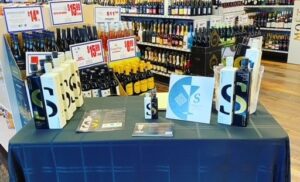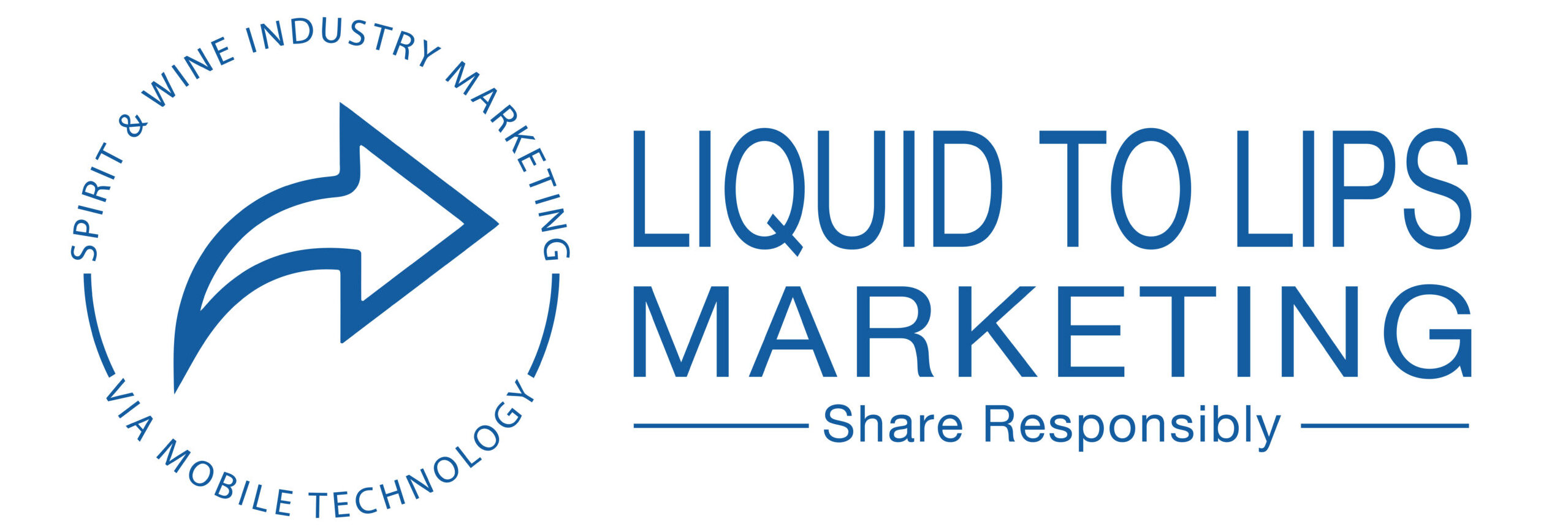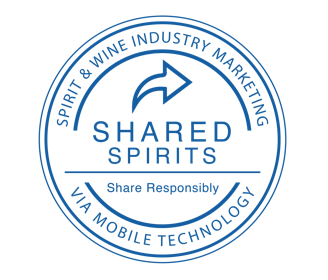Improving liquid to lips results in retail spirits and wine stores is possible!
Spirits, wine, and beer brands—you’re being shortchanged. And if you’ve ever run a retail sampling, you probably know how hard it is to improve liquid to lips results in retail.
At Liquid to Lips Marketing and Liquid to Lips Marketing, we’ve taken a hard look at improving liquid to lips results in retail as brands attempt to attract new customers. The efforts aren’t necessarily bad, but the results? More often than not, they fall short.

The Problem with Traditional Retail Samplings
In today’s U.S. alcohol market, distributors purchase products from distilleries, vineyards, and suppliers. With billions of dollars at stake—Diageo alone spends around $2.5 billion annually on marketing—the way brands showcase their products is critical.
Sampling and tastings are tried-and-true methods for getting “liquid to lips.” However, there’s a fundamental issue: brands have no idea who their samplers are.
When investing in sampling programs, brands face two major challenges: simplicity and risk reduction.
- On the surface, samplings seem straightforward, but in reality, they involve multiple moving parts—from navigating state regulations to coordinating agencies and staffing.
- The real risk? Measuring ROI. Most brands have no solid data on whether their efforts actually convert samplers into loyal customers.
Obtain a report for 2024’s Top Ten Converting Retail Spirits and Wine Stores
Key Questions Every Brand Should Be Asking
If you’re running retail tastings, you need to be able to answer these:
✅ How much product was given away?
✅ How many sales were made that day?
✅ What percentage of samplers actually converted to buyers? 30%? 40%?
✅ How do post-event sales compare to pre-event sales at the same location?
✅ How does this event compare to previous ones?
✅ Did the event generate any media coverage or social media engagement?
✅ Did you collect customer contact info through contests, newsletters, or sign-ups?
✅ Do you have a way to gather attendee feedback?
Without answers to these questions, you’re throwing money into the void. Brands spend upwards of $30 per head to get consumers to taste their products—yet most don’t track meaningful results.
Why Current Sampling Programs Are Failing
Most sampling efforts today rely on outdated intent-to-buy surveys, depletion numbers from weeks or months after the event, and other weak performance metrics.
Meanwhile, activation—the process of turning tasting buzz into actual sales—depends on boots-on-the-ground efforts, from negotiating menu placements to building in-store displays. The challenge? Often, the people representing your brand—whether agency reps or part-time staff—aren’t invested in its success.
A Better Way Forward
To succeed, brands must shift their approach:
🔹 Know how to measure success – If you can’t track the impact of a campaign, why run it? Every event should have clear KPIs tied to conversion, brand engagement, and sales impact.
🔹 Focus on non-consumer engagement – Sampling shouldn’t just be about immediate sales. It should build relationships with new customers and nurture them over time.
🔹 Leverage digital activation – Traditional sampling models are flawed. That’s why Shared Spirits’ ambassador and influencer-driven approach offers a more data-driven, measurable, and impactful way to grow brand awareness and drive conversions.
Let’s Talk Results
If you’re ready to make your brand’s sampling efforts more strategic, measurable, and impactful, let’s chat. Connect with Co-Founder Sherman Mohr or a Liquid to Lips Marketing team member today.

